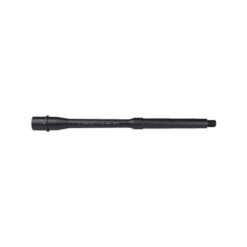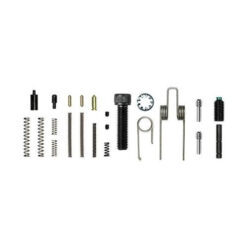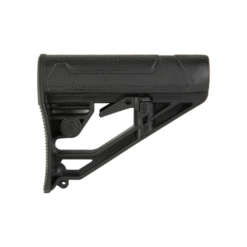On-Sale
Save 33%
MSRP: $29.95
Original price was: $26.95.$19.95Current price is: $19.95.
On-Sale
Save 34%
MSRP: $15.00
Original price was: $12.95.$9.95Current price is: $9.95.
On-Sale
Save 44%
MSRP: $79.95
Original price was: $52.95.$44.95Current price is: $44.95.
On-Sale
Save 33%
MSRP: $149.95
Original price was: $134.95.$99.95Current price is: $99.95.
On-Sale
Save 41%
MSRP: $84.95
Original price was: $76.95.$49.95Current price is: $49.95.
On-Sale
Original price was: $29.99.$24.95Current price is: $24.95.
On-Sale
Save 57%
MSRP: $114.99
Original price was: $80.50.$49.95Current price is: $49.95.
On-Sale
Save 14%
MSRP: $60.00
Original price was: $57.95.$51.75Current price is: $51.75.
On-Sale
Save 39%
MSRP: $89.97
Original price was: $79.97.$54.95Current price is: $54.95.
On-Sale
Save 5 – 33%
MSRP: $44.99
Price range: $29.95 through $44.99
On-Sale
New
Save 60%
MSRP: $197.99
Original price was: $109.95.$79.95Current price is: $79.95.
On-Sale
Save 10 – 30%
MSRP: $9.99
Price range: $6.95 through $8.99
On-Sale
Save 32%
MSRP: $43.99
Original price was: $36.99.$29.95Current price is: $29.95.
On-Sale
Save 30%
MSRP: $20.00
Original price was: $16.95.$13.95Current price is: $13.95.
On-Sale
New
Save 47%
MSRP: $449.99
Original price was: $399.95.$239.95Current price is: $239.95.
On-Sale
Original price was: $99.00.$69.95Current price is: $69.95.
On-Sale
New
Save 50%
MSRP: $399.99
Original price was: $349.95.$199.95Current price is: $199.95.
On-Sale
Save 10 – 30%
MSRP: $99.90
Price range: $69.95 through $89.90
On-Sale
Save 15%
MSRP: $40.00
Original price was: $38.00.$34.20Current price is: $34.20.
On-Sale
Save 26%
MSRP: $34.99
Original price was: $30.95.$25.95Current price is: $25.95.


























